
Mushrooms have been widely used not just for their culinary delights but also for the variety of potential health benefits they boast. Modern science looks to probe into the potential benefits of medicinal mushrooms. There is a lot that goes into getting the most out of these mushrooms. Mushrooms are extracted in various forms and these concentrated forms offer an easier way to ingest these mushrooms along with the benefits they hold. It is also convenient for those who aren’t a big fan of mushrooms but still want to reap the benefits from it.
Unlocking the maximum amount of usage of mushrooms depends on the extraction process that is implemented. There are many different techniques used depending on what specific compounds that are required to be extracted. By understanding the extraction process it helps the consumer to know what mushroom extract is suitable for their needs.
The deep dive done today is to understand the extraction process of mushrooms. Exploring the three major methods of extraction:
Water extraction, alcohol extraction, and dual extraction. We'll uncover the advantages and disadvantages of each method, equipping you to make informed decisions when choosing a mushroom extract.
Mushroom extracts are concentrated forms of bioactive compounds found within the mushroom. These bioactive compounds include polysaccharides, beta-glucans, triterpenes, and various other beneficial molecules. Research shows that these compounds possess a wealth of benefits like boosting the immune system, supporting cognitive function, and promoting overall well-being.
To take advantage of these benefits the extraction process plays a key role in unlocking the medicinal properties of the mushrooms. Different methods target specific types of compounds within the mushroom cell wall and choosing the right extraction method ensures the final product retains the most relevant compounds for your desired health goals.
Now, let's delve into the three main methods used for mushroom extraction:
This method utilizes a hot water technique. Hot water is used to break down the cell walls of the mushrooms which in turn releases the water-soluble compounds from it. This is a simple extraction process and is also a cost-effective technique. The water extraction process is often used for mushrooms that are rich in water-soluble polysaccharides like beta-glucans which are commonly found in Lion’s Mane and Reishi mushrooms. Extracts used in these methods are often available in powder or capsule form.
Alcohol, typically ethanol is used as a solvent to break down the cell walls and extract both the soluble compounds, which are water-soluble and fat-soluble. This method proves to be multifaceted as it can do what water extraction can’t do. Alcohol extraction is mostly used to extract Chaga mushroom extracts which are rich in non-polar, alcohol-soluble compounds like triterpenes. Alcohol extracts are often available as tinctures or concentrated liquids.
The dual extraction method essentially combines the best of both worlds of water extraction and the alcohol extraction process. This is a sequential process where first the water extraction process is performed, followed by the alcohol extraction process with the remaining mushroom material. Dual extraction is often used for mushrooms containing a combination of solubles i.e. water and fat. Reishi and Maitake fall under this category.

Choosing the ideal extraction method depends on several factors, including:
While the three primary methods (water, alcohol, and dual) provide a solid foundation, the world of mushroom extraction has further nuances to explore. Here are some additional considerations:
With the growing popularity of mushroom extracts, ensuring quality and consistency becomes paramount. Here's where standardization and quality control measures come into play:
Standardized extracts aim to maintain consistent levels of specific bioactive compounds. This is often achieved through sophisticated analytical techniques and by focusing on specific parts of the mushroom known to be rich in the desired compounds. Non-Fungible Mushrooms prioritize standardized extracts to deliver consistent results.
Rigorous quality control measures throughout the entire process, from sourcing mushrooms to final product testing, are crucial. This includes ensuring the absence of contaminants like heavy metals or pesticides.
Non-Fungible Mushrooms is committed to providing the highest quality mushroom extracts. We source our mushrooms responsibly from sustainable growers and employ meticulous extraction processes with stringent quality control measures. Explore our website to learn more about our commitment to quality!
The field of mushroom extraction is constantly evolving, with researchers exploring new techniques and technologies to optimize the process. Here are some exciting possibilities on the horizon:
The world of mushroom extraction offers a fascinating glimpse into unlocking the hidden potential within these remarkable fungi. By understanding the different methods, their advantages and drawbacks, and the importance of quality control, you can make informed decisions when choosing a mushroom extract.
Non-Fungible Mushrooms is dedicated to providing you with the highest quality, ethically sourced mushroom extracts, utilizing various extraction methods to cater to diverse needs.
Visit our website today to discover the power of mushroom extracts and embark on a wellness journey guided by nature's wisdom!